Introduction
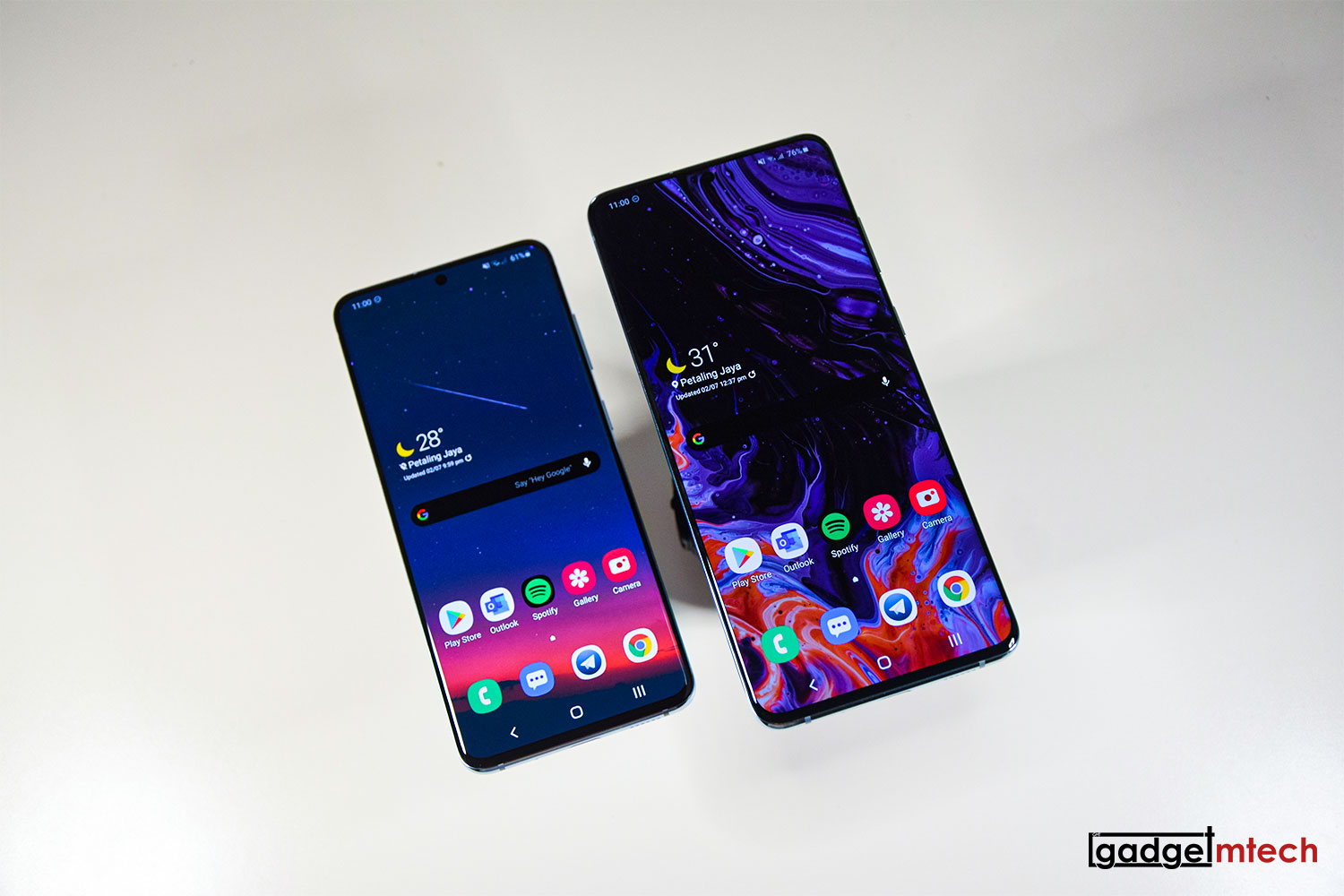
A couple of months ago, I reviewed the Galaxy S20 Ultra, which was pretty late due to the current COVID-19 pandemic situation. This time around, we got the Galaxy S20 and S20+ late too. Without further ado, this is the Samsung Galaxy S20 and S20+ review, 5 months after it was launched in Malaysia.
Design
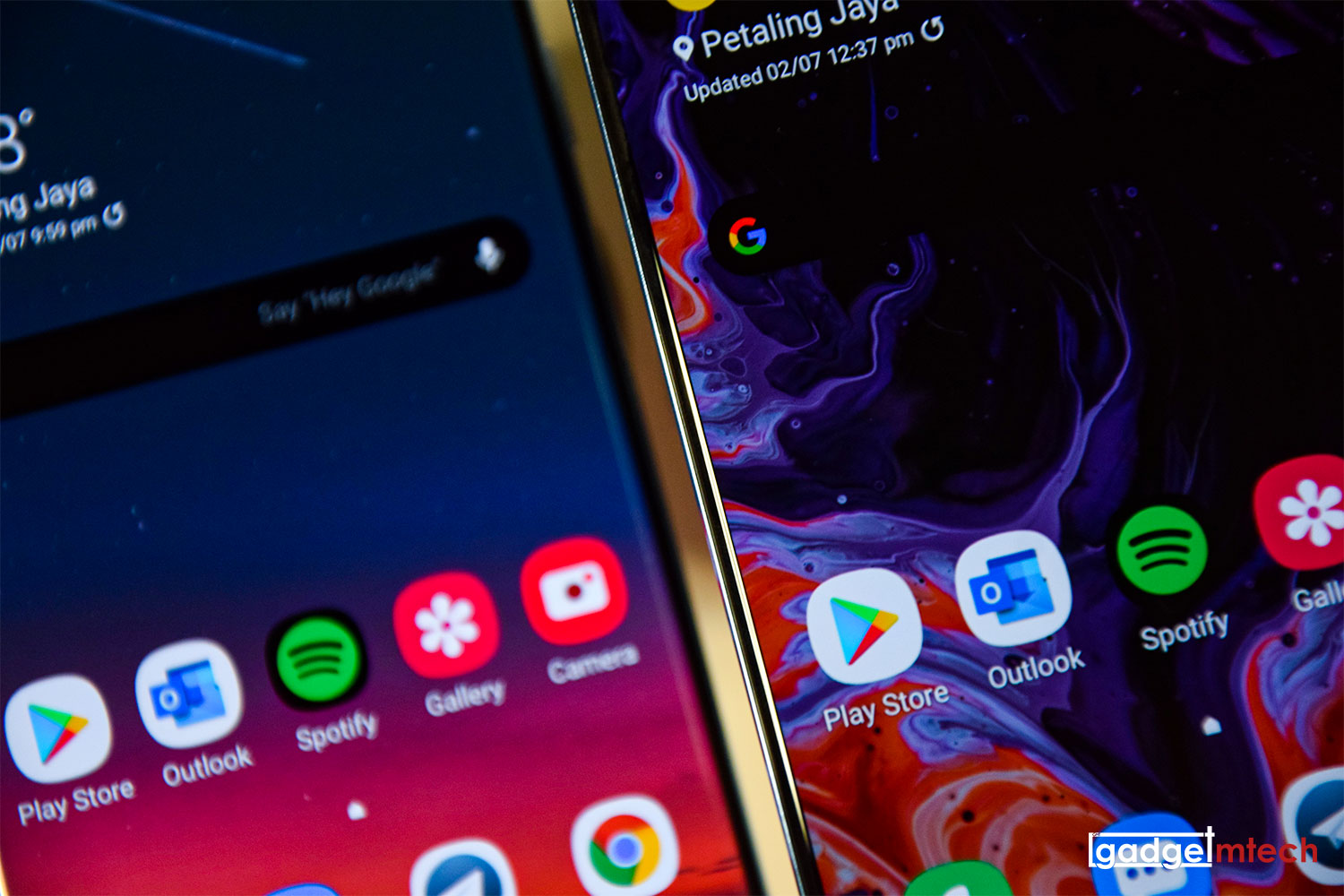
In terms of design, the S20 and S20+ look quite similar to the S20 Ultra with just the sizes being different. Both devices have a near-bezel-less display with the Infinity-O cutout at the center. The curves on both sides aren’t that drastic as before, which means accidental touch will not be an issue anymore. Both phones still use the ultrasonic in-display fingerprint sensor, which works fine but not the fastest one in the market right now.

Unlike the S20 Ultra, the camera bump on the back isn’t that huge, but still noticeable. Both phones are a lot lighter than the S20 Ultra at 163g (S20) and 186g (S20+) compared to 220g (S20 Ultra). I personally quite like the size of the S20 as it is quite compact, the phone is just so nice to hold! That doesn’t mean the S20+ is terrible, for people with big hands, you’ll find the S20+ just right!
The buttons and ports are located at the same positions, just like the S20 Ultra. Yes, the 3.5mm audio jack is gone, and its USB-C port doesn’t work with any common 3.5mm dongles. You’ll need to get a USB-C to 3.5mm dongle with a DAC integrated, that’s actually quite troublesome.
Display
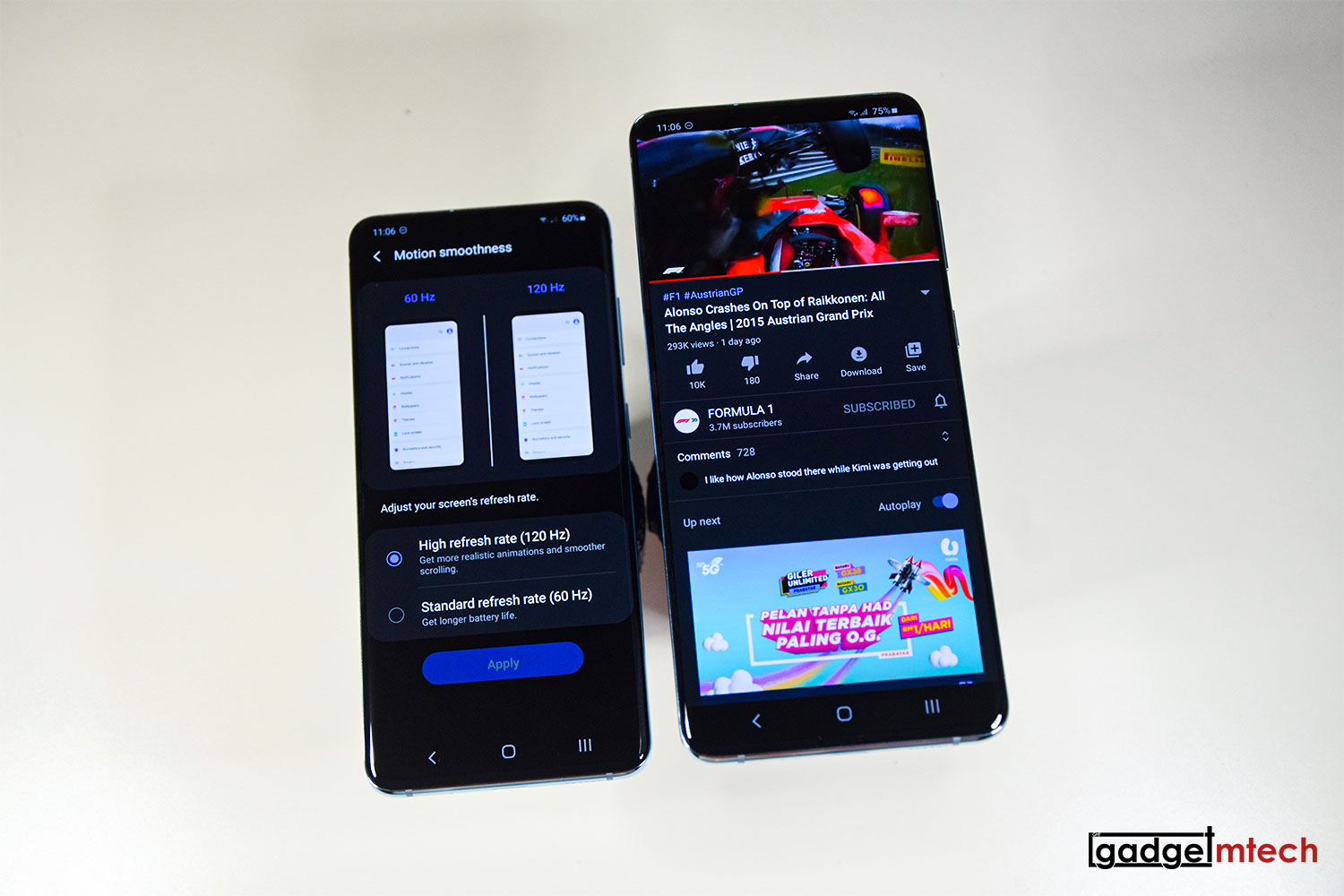
The S20 has a 6.2-inch screen while the S20+ has a larger 6.7-inch screen, both are using the Dynamic AMOLED 2X with Quad HD+ and resolution and support up to 120Hz refresh rate. Just like the S20 Ultra, you can only use the 120Hz refresh rate at Full HD+ resolution.
Once again, both phones have a top-class display with vibrant colors, nice contrast, and deep blacks. My only complaint is you can only have the 60Hz refresh rate if you want to enjoy Quad HD+ resolution. If only Samsung provides the 90Hz refresh rate option.
Performance
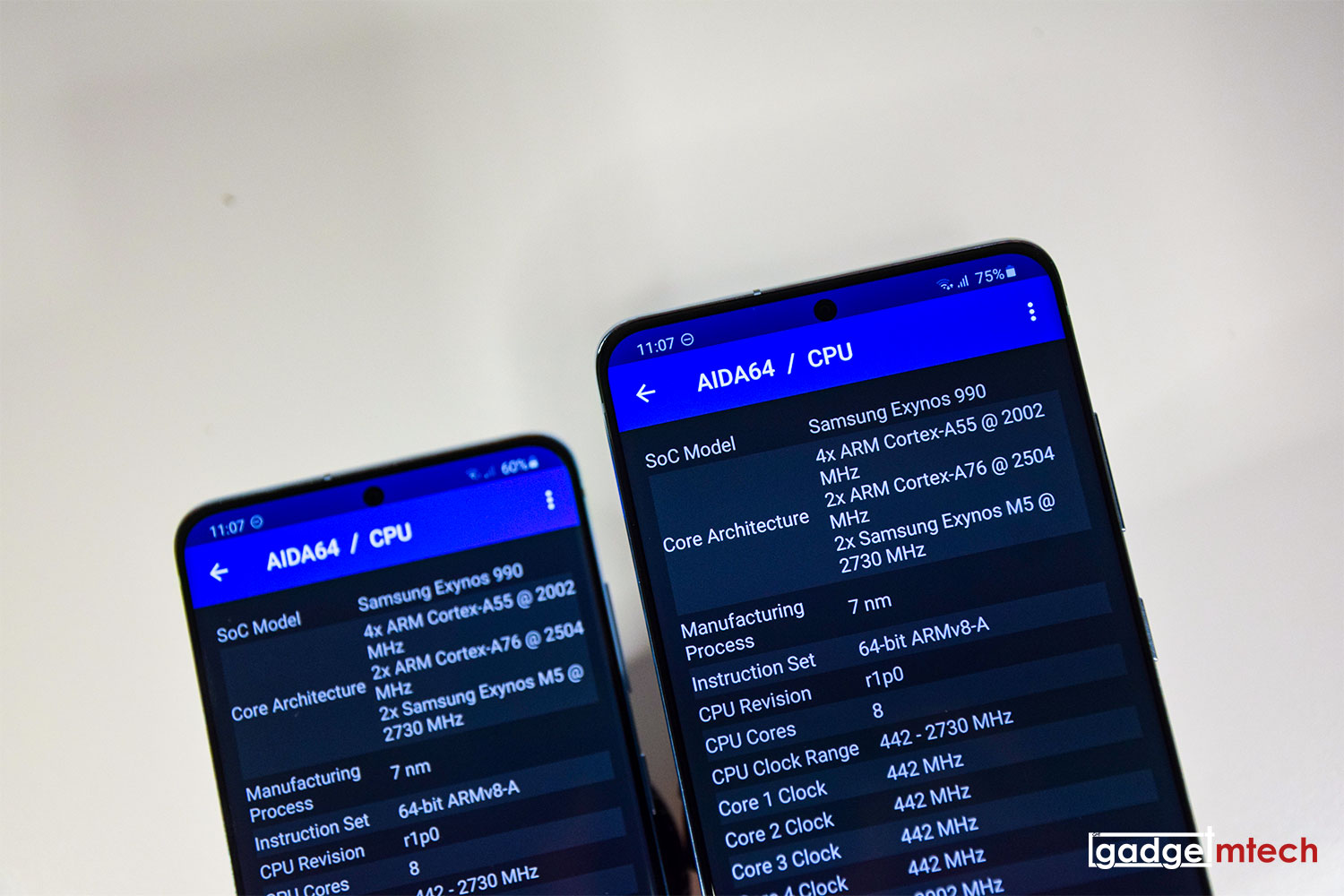
All the S20 series packs a 7nm Exynos 990 processor, that includes the S20, S20+, and S20 Ultra. However, the S20 and S20+ have lesser RAM and storage at 8GB and 128GB, respectively. The overall performance is quite similar to the S20 Ultra, there won’t be a problem for day-to-day usage.
As usual, we tested both phones with PUBG Mobile and Call of Duty: Mobile. The results are quite similar to the S20 Ultra — Call of Duty: Mobile in “Very High” graphic quality and frame rate. As for PUBG Mobile, I was able to run “HD” and “HDR” graphics with “Ultra” frame rate, if you want to hit the “Extreme” frame rate, you’ll have to change it to “Smooth” graphics. Both phones will thermal throttle under intense loads, I was experiencing frame rate drops while playing PUBG Mobile, not something you would expect in a flagship phone.
Software
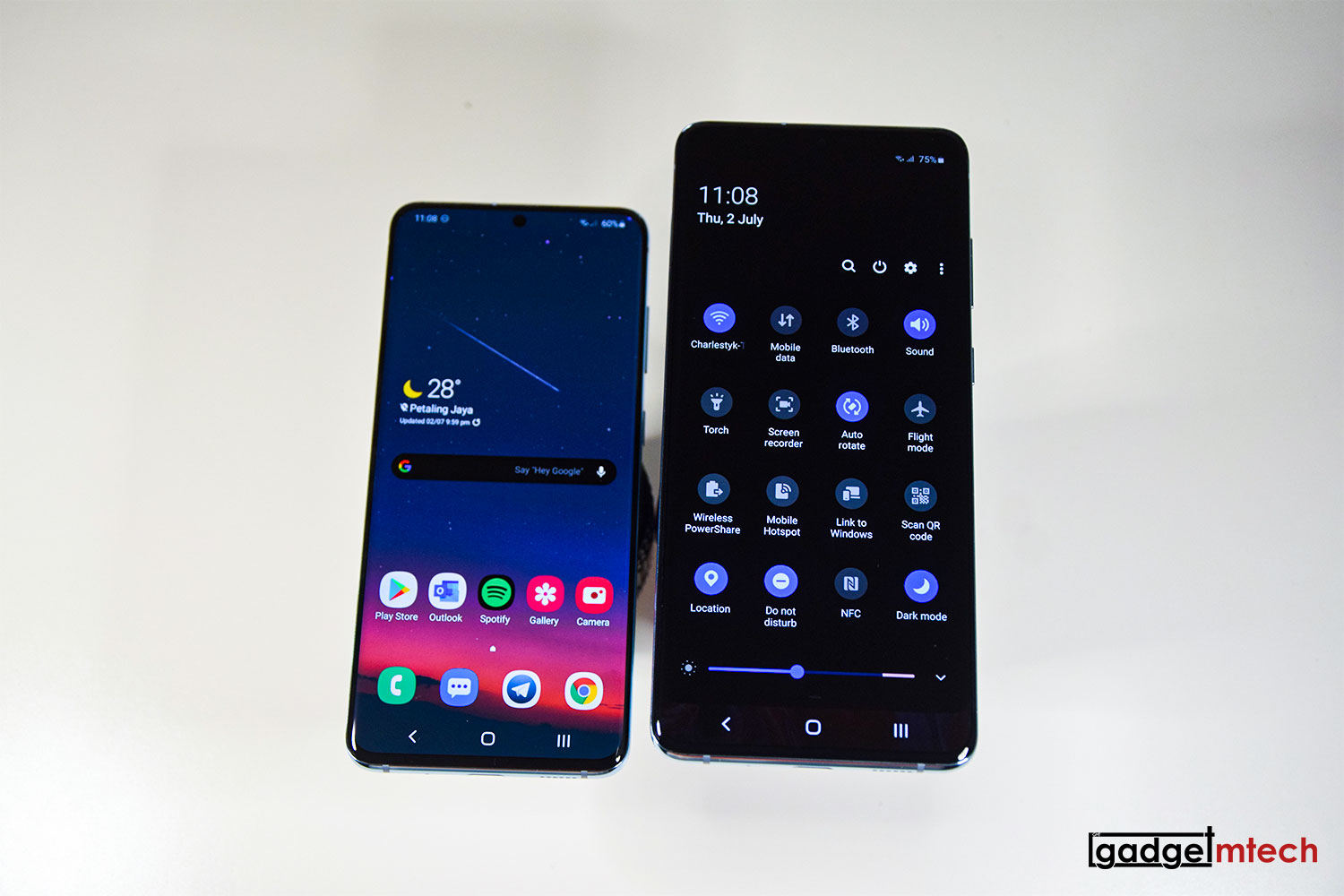
The software experience is also quite similar, both phones run on One UI 2.1 on top of Android 10. You still get features like Edge Panels and Edge Lighting. Samsung One UI is now one of the best Android UIs right now with a clean design and more user-friendly experience.
Camera
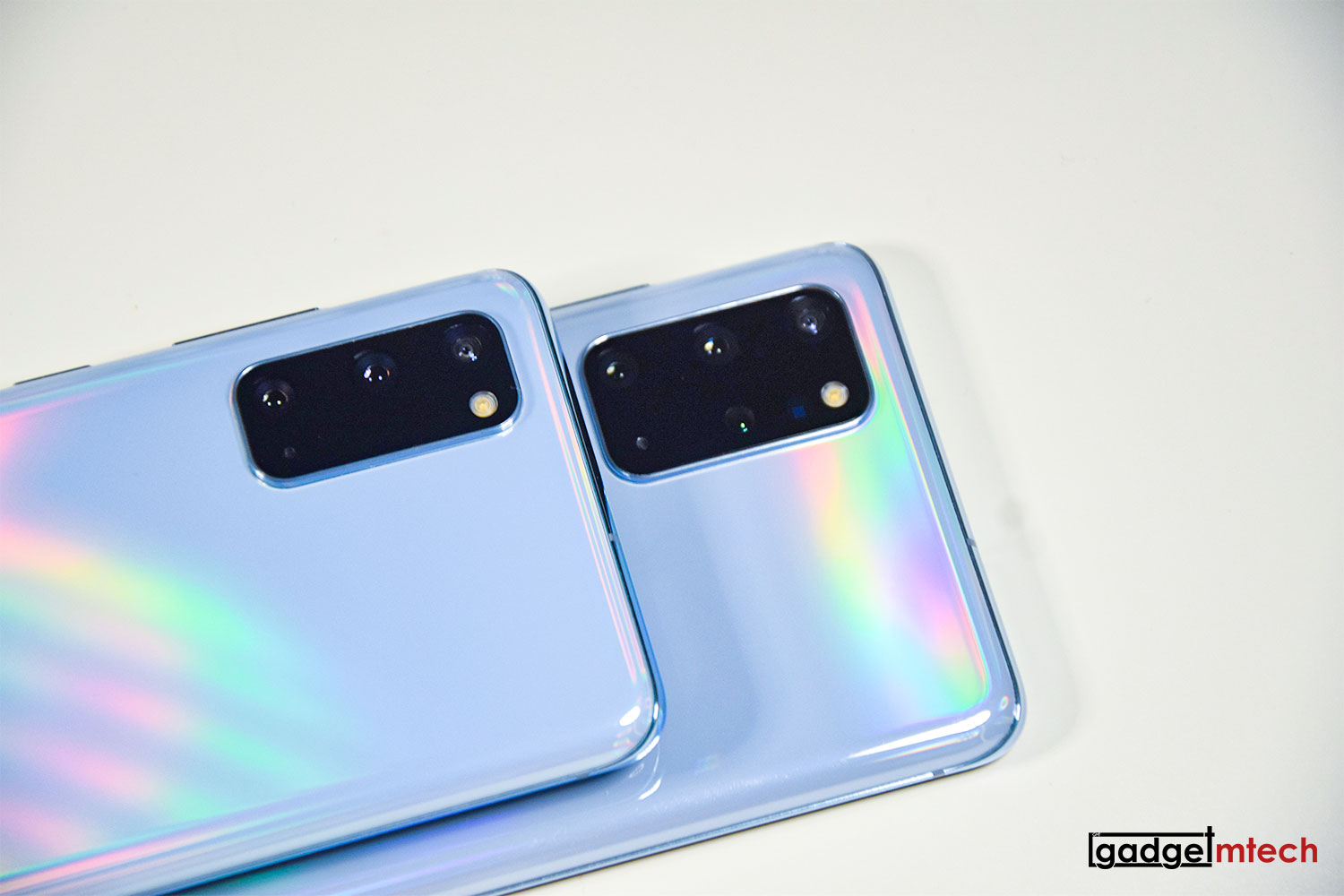
Here comes the main difference — the cameras. The S20 has triple-camera setup on the back, while the S20+ has a quad-camera setup on the back. Both phones have the same 10MP autofocus selfie camera.
- S20: 12MP F2.2 ultra-wide + 12MP F1.8 with OIS + 64MP F2.0 telephoto with OIS
- S20+: 12MP F2.2 ultra-wide + 12MP F1.8 with OIS + 64MP F2.0 telephoto with OIS + DepthVision
You can check out all the camera samples here.
Both phones actually have quite a similar image quality, hence I’ll be using the S20+ images. Image quality generally is quite good, just like the S20 Ultra. You can’t take 108MP photos, though. Images have great dynamic range, great detail, and great colors. The night mode and ultra-wide shots are pretty good as well!
Yes, Samsung puts a 64MP sensor on its telephoto lens, but the zoom images weren’t like taking 64MP photos and everything is zoomed in. When you change to 64MP mode, the entire experience is like you using the main 12MP camera to take the photos. You can take images with up to 30x zoom, but I wouldn’t recommend you do it as images turn out to be quite noisy and soft detail.
Battery Life
The S20 packs a 4,000mAh battery and the S20+ has a 4,500mAh battery, both support 25W fast charging. I was using both phones with Full HD+ resolution and 120Hz refresh rate. The battery life on both phones isn’t great, probably due to the fact that there are no chipsets that can handle high refresh rates efficiently now. I was able to get less than 4 hours of screen-on-time on the S20 and less than 5 hours of screen-on-time on the S20+. The best way to have a longer battery life is to change the refresh rate to 60Hz.
Final Words
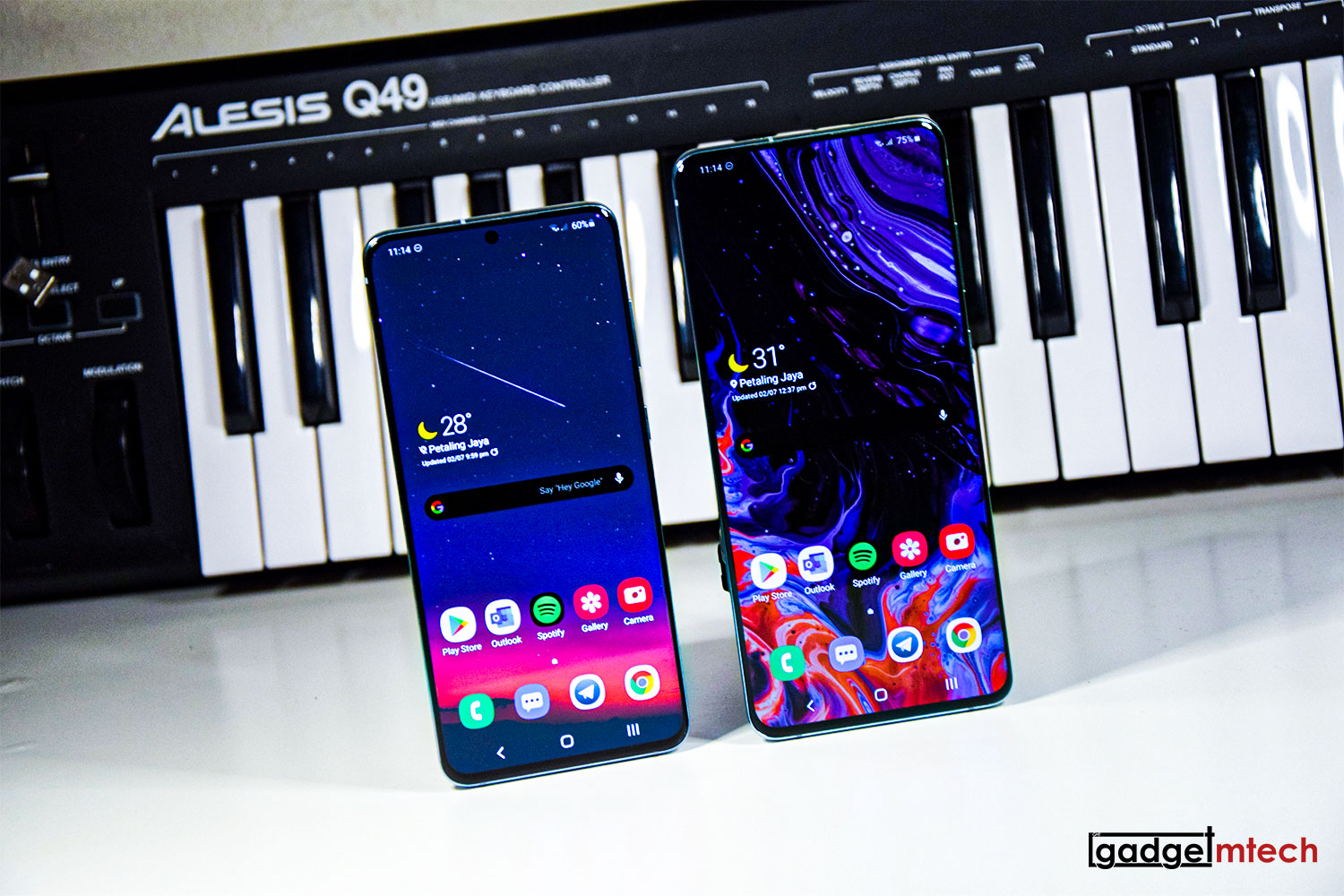
The Samsung Galaxy S20 retails at RM3,299, while the Galaxy S20+ retails at RM3,699. The prices have reduced just after 5 months (S20 was RM3,599 and S20+ was RM3,999). As the Galaxy Note20 series launch is just around the corner, is it still worth getting the S20 or S20+? Well, it depends, both Galaxy Note series and S series are targeted for different audiences. If your previous device was the Note series, just wait for the Note20 series. I did mention you are better off to get the S20 or S20+ in the S20 Ultra review, and I still stand by this statement, simply because it has most of the great things, those that are essentials for you. If you want better battery life, just get the S20+, but if size is all that you matter, go for the S20.